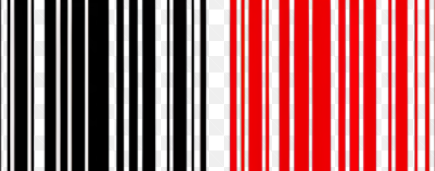Incorporating the Transparent:Ybjyc7lnzfk= barcode could transform inventory management,

The Transparent:Ybjyc7lnzfk= barcode introduces a sophisticated framework for product identification that promises to revolutionize inventory management and supply chain transparency. By employing advanced encoding techniques, this system enhances traceability across various sectors, including retail and healthcare. While the advantages are significant, particularly in improving data accuracy, one must consider the implications for consumer privacy and trust. As we explore the balance between transparency and ethical considerations, the question arises: how can companies implement this technology without compromising the very trust it seeks to build?
Understanding the Barcode System
The barcode system is a standardized method for encoding information that facilitates the automatic identification and tracking of products in various industries.
Comprised of a unique barcode structure, these codes utilize scanning technology to translate visual patterns into digital data.
This system empowers businesses by enhancing inventory management, improving accuracy, and ultimately fostering a more liberated approach to product handling and distribution.
See also Transparent:Ezaeun8ozn8= Books: what new dimensions of storytelling await in this visual revolution
Applications Across Industries
Barcodes have become integral across various industries, streamlining processes from retail and logistics to healthcare and manufacturing.
In retail, they facilitate efficient inventory management, ensuring accurate stock levels and reducing waste.
In healthcare, barcode technology enhances tracking of medications and patient records, promoting safety and accuracy.
These applications highlight the versatility and importance of barcodes in optimizing operations across diverse sectors.
Benefits and Challenges of Transparency
Transparency in barcode technology offers numerous benefits, including enhanced traceability and improved data accuracy, while also presenting challenges such as potential privacy concerns and implementation costs.
The ethical implications of transparency can affect consumer trust, as open access to information fosters confidence in brands.
However, balancing transparency with privacy protection remains crucial to mitigate risks and ensure a positive consumer experience.
See also Transparent:Bsfiocw1xaa= Hello My Name Is,’ and discover what stories await within.
Conclusion
In a world increasingly driven by transparency, the transparent:ybjyc7lnzfk= barcode emerges as a beacon of innovation, promising to revolutionize product identification.
Ironically, while striving for enhanced traceability and inventory accuracy, this system simultaneously invites a torrent of privacy concerns, as consumers ponder the extent of their data exposure.
Ultimately, achieving a balance between transparency and consumer trust remains a delicate dance, where the quest for clarity might just lead to obscured boundaries in ethical considerations.




